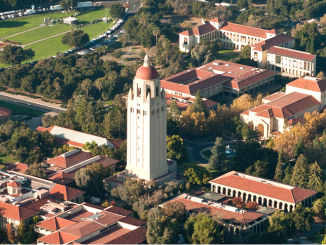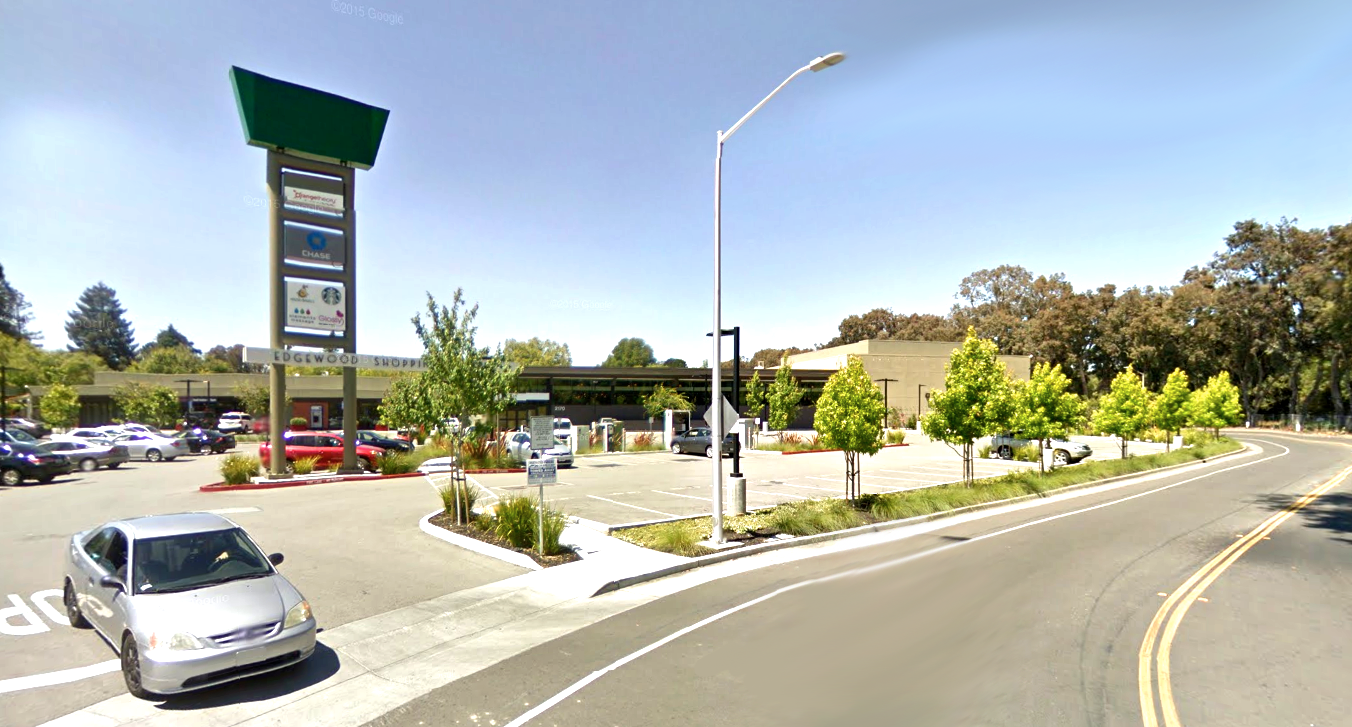
BY ELAINE GOODMAN
Daily Post Correspondent
As Stanford awaits approval to expand by 3.5 million square foot through 2035, neighboring cities are asking what the university’s total future growth will be — and whether further action is needed to protect the foothills from development.
The question about Stanford’s size at final build-out came up repeatedly in comments on a draft environmental impact report for the university’s growth proposal, called the 2018 General Use Permit or GUP. Santa Clara County planners who prepared the environmental report released responses last week to the hundreds of pages of comments.
Palo Alto Mayor Liz Kniss raised the issue of Stanford’s maximum build-out in a Jan. 29 letter to Santa Clara County planning staff.
“To facilitate the long-term planning efforts of the city as well as the county, the city would request that the county require Stanford University to prepare a maximum build-out plan (land use and density) for its future academic and academic support and housing,” Kniss wrote.
Menlo Park Mayor Peter Ohtaki had a similar concern.
“The maximum build-out of the Stanford campus should be identified, defined and evaluated in the 2018 GUP (General Use Permit) and DEIR (Draft Environmental Impact Report),” Ohtaki said in his Feb. 1 letter. “This is important to provide the community and neighboring jurisdictions a clear picture of when growth limits would be reached; further, the current process provides no assurances to the maximum extent of growth and development on the campus.”
Ohtaki also wants Stanford’s current academic growth boundary, which protects foothill lands west of Junipero Serra Boulevard from development, to be preserved for at least the next 50 years.
Under the county’s current rules, the academic growth boundary will stay in place unless Stanford’s central campus grows to 17.3 million square feet of development and four of the five Santa Clara County supervisors vote to change the boundary. In 2025, the requirement to change the growth boundary will become a simple majority vote of the five supervisors.
Palo Alto’s Kniss asked that the requirement for a four-fifths votes of county supervisors to change the growth boundary be extended through 2050.
The county addressed questions about Stanford’s maximum build-out by noting that the environmental report is only intended to evaluate the growth Stanford has proposed in its 2018 General Use Permit, and not any potential growth after that.
Stanford’s current proposal includes 2,275,000 square feet of new academic and academic support facilities in unincorporated Santa Clara County, plus 3,150 housing units or beds, which would add another 1.2 million square feet.
‘Hypothetical maximum’ growth
In response to comments on the growth boundary and maximum build-out, the county also pointed to a study it released in September, called the Sustainable Development Study Supplement. The study looked at a “hypothetical maximum” for development of Stanford’s lands in the unincorporated county, and found that theoretically the university could go from its current 15 million square feet to 44 million square feet without building outside of the growth boundary.
The study emphasized that the analysis “does not represent a forecast or prediction of future development, and, importantly, does not reflect any specific or proposed plans by Stanford or the county.”
It wasn’t immediately known whether the two cities were satisfied with the county’s responses to their comments on the environmental report.
In his comment letter from earlier this year, Ohtaki, Menlo Park’s mayor, also wanted more details on what the academic facilities would include.
The city of East Palo Alto had the same question.
“If the facilities are developed as all classrooms, there may be a different traffic impact than there would be if the facilities were developed as classrooms, a gymnasium, a performing arts auditorium, and university offices,” Rick Jarvis, an attorney representing East Palo Alto, said in comments on the draft environmental report.
The county’s response notes that the environmental report includes definitions for academic and academic support space. And the EIR discusses how much growth will occur within various “districts” on campus.
But the draft EIR acknowledges that “no site-specific projects and locations have been identified for development under the proposed 2018 General Use Permit,” the county said.
Previous stories on the Stanford Final Environmental Impact Statement
• Dec. 12, County releases first part of Final Environmental Impact report on Stanford expansion
• Dec. 16, Stanford’s impact on Palo Alto Unified School District disputed



